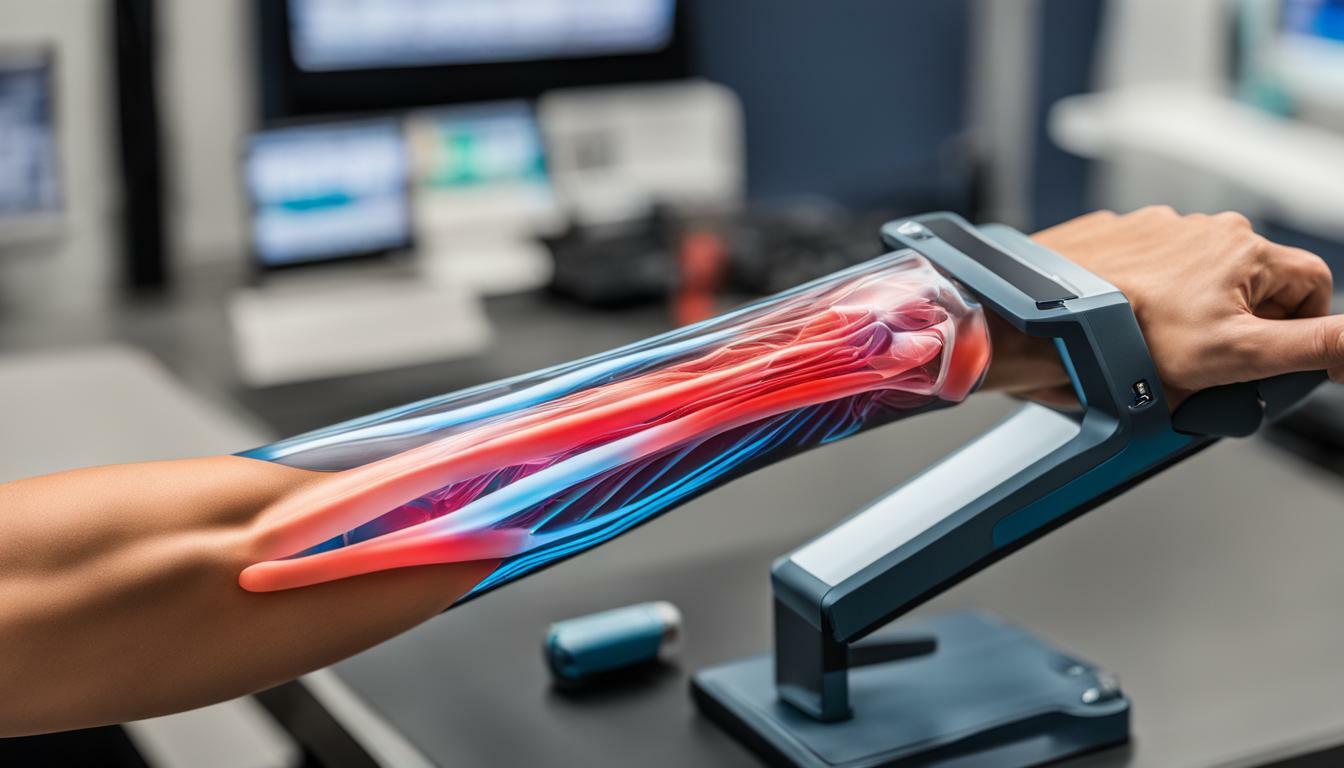
In today’s complex world, we are faced with numerous complicated tasks in various aspects of our lives, including our careers, personal lives, and political opinions. The increasing complexity of our society has led to information overload, making it difficult to navigate through the sea of information. However, learning to simplify complex tasks has become essential for our mental health, personal growth, and professional success.
Simplify Complexity. To simplify complexity, we need to understand the concepts of complexity and simplicity. Complexity refers to something that is difficult to understand or find an answer to, while simplicity refers to something that is easy to understand or do. Our natural tendency is to complicate things rather than simplify them, which is why it is important to consciously work towards simplifying complexity.
The Art of Simplifying Complexity. One effective technique for simplifying complexity is the Feynman Technique, developed by Nobel Prize-winning physicist Richard Feynman. This technique involves explaining complex subjects in simple terms.
Key Takeaways:
- Simplifying complex tasks is essential for our mental health, personal growth, and professional success.
- The Feynman Technique is an effective method for simplifying complex subjects.
- Complexity refers to something that is difficult to understand or find an answer to, while simplicity refers to something that is easy to understand or do.
In this section, we will explore the importance of simplifying complexity and how it relates to optimal health in areas such as stress relief, sports performance, muscle testing, and training.
In today’s fast-paced world, stress has become a common and often debilitating factor in daily life. Stress can have a profound impact on our overall health and well-being, which is why it is essential to find effective ways to manage and relieve stress. Kinesiology has proven to be an effective tool for stress relief, helping individuals reduce stress levels and achieve optimal health.
Sports performance is another area where kinesiology can provide significant benefits. With kinesiology techniques, athletes can improve their physical performance by enhancing their overall strength, balance, and flexibility. Kinesiology muscle testing is also helpful in identifying muscle imbalances and weaknesses, allowing athletes to address these issues and achieve their full physical potential.
Kinesiology training is a holistic approach to achieving optimal health, focusing on a range of factors, including physical, emotional, and spiritual well-being. By working with a kinesiology practitioner, individuals can identify and address the root causes of their health issues, leading to improved overall health and a renewed sense of vitality.
In summary, kinesiology is a powerful tool for simplifying complex tasks in various aspects of our lives, including stress relief, sports performance, muscle testing, and training. By embracing the kinesiology method, individuals can achieve optimal health and success, enhancing their overall quality of life.
The Feynman Technique: Simplifying Complex Subjects
In today’s complex world, simplifying complex tasks has become essential for our mental health, personal growth, and professional success. One effective technique for simplifying complexity is the Feynman Technique, developed by Nobel Prize-winning physicist Richard Feynman. This technique involves explaining complex subjects in simple terms, making them easier to understand.
The four steps of the Feynman Technique are:
- Study: Learn the basics of the subject and document your understanding in your own words.
- Teach: Simplify the information by removing jargon and complexities, explaining it as if you were teaching a 12-year-old.
- Fill in the Gaps: Deepen your understanding by identifying any areas that are unclear or too complex and continue studying until you can simplify them.
- Simplify, Organize, and Review: Gather the most important pieces of knowledge and explain them to someone else to ensure your understanding.
By breaking down complex tasks into simpler forms using the Feynman Technique, we can enhance our understanding and retention of the subject matter. This technique promotes creativity and clarity, leading to successful problem-solving and learning.

“The first principle is that you must not fool yourself, and you are the easiest person to fool.” – Richard Feynman
The Laws of Simplicity: Applying Simplicity in Everyday Life
In addition to the Feynman Technique, the Laws of Simplicity by John Maeda provide guidelines for applying simplicity in various domains of our lives. These laws offer insights into how we can simplify complex tasks and enhance our overall experience.
| Laws of Simplicity | Description |
|---|---|
| 1. Reduce | Simplify by eliminating unnecessary elements. |
| 2. Organize | Create a system that appears less complex. |
| 3. Time | Save time to create a sense of simplicity. |
| 4. Learn | Knowledge simplifies everything. |
| 5. Differences | Complexity and simplicity complement each other. |
| 6. Context | Simplicity should not be peripheral. |
| 7. Emotion | Simplicity is better. |
By embracing these laws and applying simplicity in our daily lives, we can simplify complex tasks and enhance our overall experience. For instance, we can reduce the number of tasks we perform daily by eliminating unnecessary elements and organizing the tasks that matter. We can also save time by learning new skills that simplify our work processes and reduce complexity.
Applying the Laws of Simplicity
To apply the Laws of Simplicity, we can start by identifying the areas in our lives that are overly complex and begin to reduce clutter and unnecessary elements. We can then organize our remaining tasks into a coherent structure. By taking the time to rewrite our ideas, we can ensure they are clear and to the point. Finally, we can draw simple pictures to visualize our thoughts and ideas, making them easier to understand.
The Laws of Simplicity are not just for simplifying tasks, but also for improving our overall experience. By embracing these laws, we can simplify complex tasks and enhance our mental health, personal growth, and professional success.
Enhancing Comprehension with Visual Prompts
Visual aids, such as simple drawings and visuals, are effective tools for simplifying complex tasks and enhancing comprehension. They engage learners in different ways and improve understanding and memory retention. By creating visual containers and using them to organize information, teachers can help students interact with complex tasks more easily.
The process begins by identifying the key points of the task and creating simple icons or containers to represent them. These icons can be used in various ways, such as copying them into notebooks, providing photocopies for completion, or using a whiteboard or flipchart paper. Students can then add their ideas or information into these containers, facilitating comprehension and engagement.

Exploiting the content through visual prompts can be used in different contexts to simplify complex tasks. For reading or listening activities, students can use the containers to check for understanding, focusing on their receptive skills. For speaking or writing activities, students can use the containers to consider and add their own ideas, share them with others, or use them to guide their writing process.
By exploiting the content through visual prompts and organizing information effectively, teachers can simplify complex tasks and make them more approachable for learners.
Exploiting the Content through Visual Prompts
Visual prompts can be used in different contexts to simplify complex tasks and enhance learning in reading, speaking, and writing activities. They engage learners in different ways and improve understanding and memory retention. By creating visual containers and using them to organize information, teachers can help students interact with complex tasks more easily.
The process begins by identifying the key points of the task and creating simple icons or containers to represent them. These icons can be used in various ways, such as copying them into notebooks, providing photocopies for completion, or using a whiteboard or flipchart paper. Students can then add their ideas or information into these containers, facilitating comprehension and engagement.

Exploiting the content through visual prompts and organizing information effectively can simplify complex tasks and make them more approachable for learners. Visual prompts can be used in different contexts to simplify complex tasks. For reading or listening activities, students can use the containers to check for understanding, focusing on their receptive skills. For speaking or writing activities, students can use the containers to consider and add their own ideas, share them with others, or use them to guide their writing process.
By using visual prompts, teachers can unlock students’ creativity, facilitating idea generation and sharing. Visual prompts also foster collaboration, as students can work together to complete tasks. By providing a clear, visual representation of complex tasks, teachers can help students overcome the barriers of complexity and enhance learning outcomes.
The 5 Principles of Simplifying the Complex
In today’s complex world, we are constantly faced with complicated tasks in different aspects of our lives. To distill the essence of your message and communicate with power and clarity, it is important to follow five principles of simplifying the complex.
Principle 1: Start with the right question.
Simplify your ideas by simplifying the question itself. Your question should be clear and concise, free from jargon or complexities. By doing this, you can better understand the task at hand and communicate your thoughts more effectively.
Principle 2: Reduce clutter.
Find the balance between simplicity and providing essential information. Eliminate any unnecessary elements that may confuse or overwhelm the audience. Keep the focus on the main ideas, providing only the information that is essential for understanding.
Principle 3: Rewrite to bring clarity.
Take the time to revise your writing and make it clearer. Use simple, concise language and avoid overcomplicating your message. Eliminate jargon and technical language that may hinder comprehension.
Principle 4: Organize.
Break down complex tasks into simpler ones, organizing them into a cohesive structure. This can help you better understand the task and communicate it more effectively to others. Use headings, bullet points, or other organizational tools to make the information more accessible and easier to navigate.
Principle 5: Draw pictures.
Visualize your thoughts and ideas through simple drawings to clarify your thinking process. This can help you identify important connections and relationships between ideas, making it easier to communicate them to others. Simple diagrams or flowcharts can be particularly effective for visual learners.
By embracing these principles and adopting a more simplistic approach to complex tasks, you can enhance your understanding, communicate effectively, and navigate through the complexities of modern life more efficiently.
Embracing Simplicity: Benefits and Applications of the Kinesiology Method
In this section, we will explore the benefits and applications of embracing simplicity through the kinesiology method. Kinesiology is a holistic approach that uses muscle testing to identify imbalances in the body and restore optimal health. At our practice, we specialize in the kinesiology method and its application in simplifying complex tasks in different aspects of life.
The benefits of kinesiology are numerous and extend beyond physical health. By using kinesiology, we can identify imbalances in the body, including stress, anxiety, and emotional blockages, and restore balance by creating customized treatment plans. Kinesiology is also effective in improving sports performance, optimizing nutrition, and enhancing mental focus and clarity.
At our practice, we use different kinesiology techniques, including acupressure, body alignment, and emotional stress release, to address various health concerns. We work with clients on an individual basis, tailoring our approach to meet their specific needs.
In addition to physical health benefits, kinesiology also has numerous applications in simplifying complex tasks. By identifying imbalances in the body and restoring balance, clients experience increased mental clarity, better decision-making abilities, and effective communication skills.
Our expertise in kinesiology helps clients simplify complex tasks and achieve optimal health and success. By embracing simplicity through the kinesiology method, clients gain the tools and skills necessary to navigate through the complexities of modern life with ease. Contact us today to learn more about the benefits and applications of the kinesiology method.

Embracing Simplicity for Optimal Health and Success
In today’s complex world, we are faced with numerous complicated tasks in various aspects of our lives, including our careers, personal lives, and political opinions. The increasing complexity of our society has led to information overload, making it difficult to navigate through the sea of information. However, learning to simplify complex tasks has become essential for our mental health, personal growth, and professional success.
In conclusion, embracing simplicity through the kinesiology method is crucial for achieving optimal health, personal growth, and professional success. By simplifying complex tasks, we can enhance our understanding and retention of the subject matter, leading to successful problem-solving and learning. The kinesiology method offers various applications, including therapy, techniques, and exercises, which can help individuals achieve optimal health and success.
FAQ
Q: What is the Feynman Technique?
A: The Feynman Technique is a method developed by Richard Feynman to simplify complex subjects. It involves explaining the subject in simple terms, teaching it as if to a 12-year-old, filling in any gaps in understanding, and reviewing and organizing the knowledge.
Q: How can the Laws of Simplicity be applied?
A: The Laws of Simplicity, developed by John Maeda, provide guidelines for applying simplicity in everyday life. They include reducing unnecessary elements, organizing information, saving time, acquiring knowledge, understanding the complementarity between complexity and simplicity, focusing on the context, and recognizing the importance of simplicity.
Q: How can visual prompts help in simplifying complex tasks?
A: Visual prompts, such as simple drawings and visuals, engage learners and improve comprehension and memory retention. They can be used to organize information effectively and make complex tasks more approachable.
Q: What are the 5 principles of simplifying the complex?
A: The 5 principles are starting with the right question, reducing clutter, rewriting for clarity, organizing ideas, and visualizing thoughts through drawings. Embracing these principles enhances understanding, effective communication, and the ability to navigate complexity.
Q: What are the benefits of the kinesiology method in simplifying complex tasks?
A: The kinesiology method offers benefits such as stress relief, improved sports performance, muscle testing techniques, and overall personal and professional success. By embracing simplicity through kinesiology, individuals can enhance their mental health, personal growth, and achieve optimal success.



